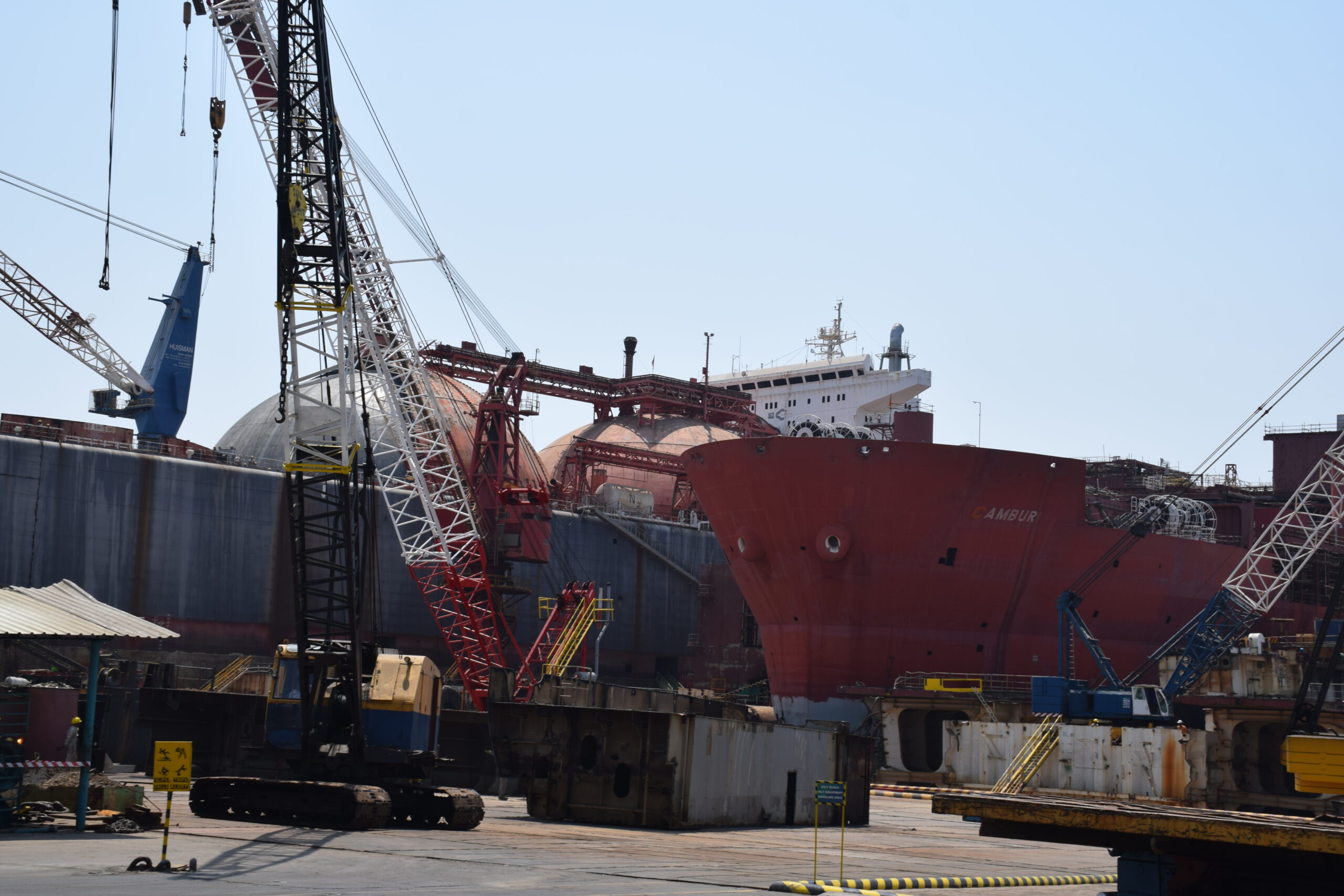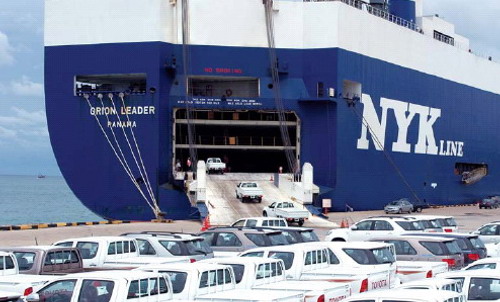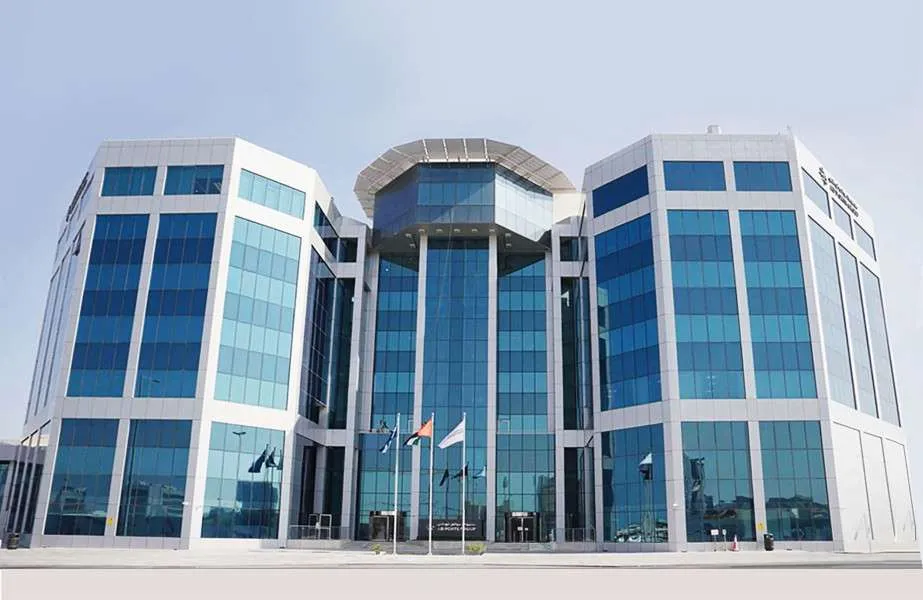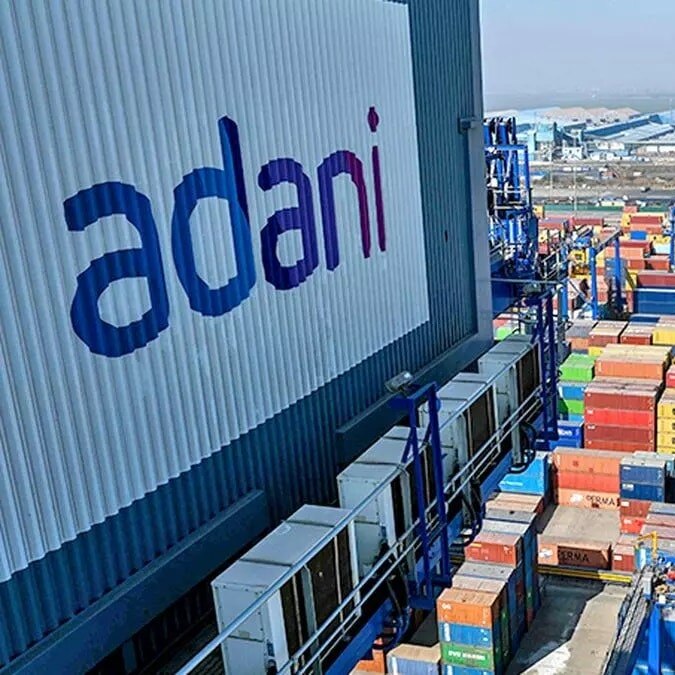When the Sparks Fly: The Hidden World of Secondary Cutting in Ship Recycling
When a ship arrives at a recycling yard, most imagine the drama of the first cuts—the thunderous sound of steel being sliced, the giant hull sections dropping into the mud, and cranes lifting away massive blocks of metal. These moments are visually powerful and define the public’s image of shipbreaking. But those spectacular scenes are only the beginning. The real story of a ship’s transformation from floating giant to reusable steel begins after the first sparks fly.

Once the initial or “primary” cutting phase is over, the ship’s huge steel blocks must be broken down further into smaller, manageable pieces. This stage is known as secondary cutting, and it is where efficiency, safety, and environmental responsibility truly take center stage. It is here that a yard’s systems, technology, and training determine not only how fast a ship is dismantled, but also how cleanly and safely the process unfolds.
In South Asia—home to the world’s largest ship recycling centers in India, Bangladesh, and Pakistan—secondary cutting often takes place in open yards using oxy-acetylene torches. Skilled workers, often operating under the sun and amid intense heat, manually cut the large blocks into plates and beams. This method is fast and flexible but comes with serious challenges. The open-air cutting process produces fumes and dust, and workers are directly exposed to heat, gas, and particulates. The work requires immense skill and endurance, but it also demands stronger safety systems and environmental safeguards.
In recent years, India’s leading yards—especially those in Alang—have begun to transform these conditions. The introduction of impermeable floors, proper drainage systems, and designated cutting zones is steadily bringing operations closer to international standards. Many of these improvements have been driven by compliance with the Hong Kong Convention and recognition by Classification Societies that monitor environmental and safety performance. Procedures for secondary cutting are now being developed, audited, and approved by class authorities, ensuring not just safer workspaces but also better management of waste and emissions.
These advances are helping bridge the gap between South Asian yards and their European counterparts, showing how traditional manual expertise can be elevated with modern systems and infrastructure. The progress at these yards represents a shift in thinking—from breaking ships to responsibly recycling them.
In contrast, in Turkey and across Europe, secondary cutting has long been more mechanised. Yards in Aliaga or in Northern European ports rely on hydraulic shears, plasma cutters, and enclosed cutting zones. Here, technology reduces manual torch work to a minimum. The process is cleaner, safer, and highly traceable, with each stage documented for environmental audits. Drainage systems and fume extraction units ensure that no harmful materials reach the soil or air. These yards may process fewer ships than those in South Asia, but their focus on controlled, traceable recycling gives them a strong position in the market for green ship dismantling—especially for European-flagged vessels that must comply with strict EU Ship Recycling Regulations.
Moving eastward, China, Japan, and Korea showcase a hybrid model. Their ship recycling systems are often part of large industrial shipyards rather than standalone facilities. These yards use a semi-mechanised approach: cranes lift pre-cut sections from the dock to dedicated cutting areas where both plate shears and torches are used under controlled conditions. This integration allows for higher precision, better worker protection, and easier monitoring of emissions. Moreover, because these countries already have vast steelmaking industries, the link between recycling and steel reuse is seamless—an efficient circular loop where steel from ships reenters the industrial cycle with minimal waste.
Interestingly, innovation is also emerging from the Middle East, where some yards are looking beyond traditional improvements toward a more sustainable future. One major yard in the region has already begun shifting to full solar power, aiming to make all mechanised cutting operations completely carbon neutral. If successful, this would mean that the energy used to dismantle and process ships would leave virtually no carbon footprint. Clean energy would thus directly feed into clean steel recovery, offering a vision of what a truly circular ship recycling model could look like—where green energy and green steel meet.
Another emerging frontier is digital planning. Some of the most advanced yards now pre-plan their cutting sequences using digital models. Each section of a ship is mapped, marked, and logged before cutting begins. This digital traceability allows every plate and beam to be identified and tracked from ship to steel mill, creating a transparent chain of custody. Such systems are especially important as buyers, regulators, and end users increasingly demand proof that recycled materials come from safe, sustainable sources.
The trend toward structured and contained secondary cutting is not just about technology—it’s about redefining what ship recycling means in the modern era. The cleaner and more organized the process, the better the outcomes for both people and the planet. Controlled cutting reduces fire risk, limits emissions, prevents oil or paint residues from contaminating soil or water, and improves the recovery quality of steel.
Every spark that flies during secondary cutting represents more than just heat meeting metal. It symbolizes a shift toward a smarter, cleaner industry—one that respects the workers at the torch as much as it values the steel they reclaim. Whether in Alang, Aliaga, or across East Asia, the world’s ship recycling yards are slowly converging on a shared goal: to make the end of a ship’s life as responsible and efficient as its years at sea.
In this quiet, painstaking phase of ship recycling, the spotlight may be dim, but the progress is real. As new technologies meet old skills, as clean energy meets heavy steel, and as structured systems replace ad-hoc practices, the future of ship recycling is being forged—one glowing cut at a time.
Author: shipping inbox
shipping and maritime related web portal









